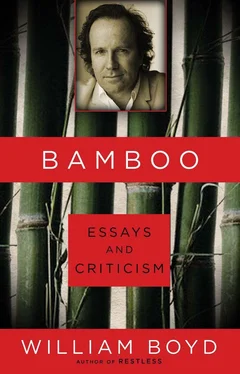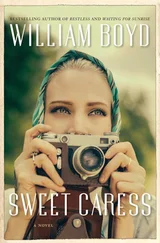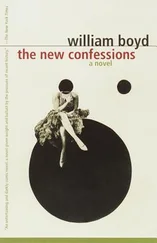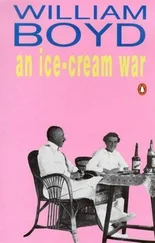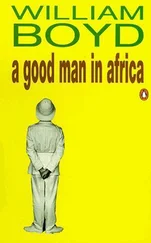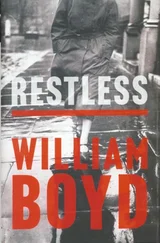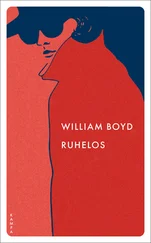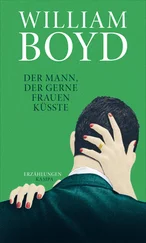For example, Klee, in 1915:
I have long had this war inside me … And to work my way out of my ruins, I had to fly. And I flew. I remain in this ruined world only in memory, as one occasionally does in retrospect. Thus, I am “abstract with memories.”
Abstract mit Erinnerungen: it could be the cipher to unlock almost all of Hodgkin’s work. That combination of private event, recalled and eventually transfigured (with words, with music, with paint), is the deep source of much artistic endeavour in many art forms. One thinks of Wordsworth’s definition of poetry as “emotion recollected in tranquillity,” and, indeed, it is to poetry that one can go, in my opinion, to find a key to Hodgkin’s particular alchemy.
Klee and Hodgkin choose memory as that function of the mind which provides the motor for their art. The American poet Wallace Stevens was obsessed with another transforming power of the human mind — imagination — and, in many respects, his entire oeuvre is a sustained meditation of this unique power and how it reshapes, irradiates and adds value to the world of appearance. Stevens’s poetry is a combination of a highly seductive word-mongering and manipulation (“the aesthetic thrill”) coupled with this basic concern, this serious contemplation of the faculty that lies behind all art and, as Stevens would have it, all meaningful human existence.
There is a short, not very well known Stevens poem called “Bouquet of Roses in Sunlight” (it is one of many that could be chosen) which analyses the emotional charge that comes with seeing something beautiful, that tries to establish “what exactly is going on” in that moment (his “Ode to a Grecian Urn,” if you like). Taking the sunlit vision of the roses as its starting point it begins:
Say that it is a crude effect, blacks, reds,
Pink yellows, orange whites, too much as they are
To be anything else in the sunlight of the room …
And yet this effect is a consequence of the way
We feel and, therefore, is not real except
In our sense of it, our sense of the fertilest red ,
Of yellow as first colour and of white,
In which the sense lies still…
I can’t think of a better description of the effect of looking at a Howard Hodgkin painting — one can almost imagine the Hodgkin version of “Bouquet of Roses in Sunlight”—but what lifts the poem beyond mere apt description is the awareness of the defining interaction of the human mind. And of course the very experience itself has in turn been distilled and reconstructed in a work of art. Life, Stevens says — to put it very straightforwardly — is not truly real “except in our sense of it.” And this is what great art both understands and acknowledges when it tries to make sense of our sense of life. A similar process to the one that Stevens elucidates — a highly conscious one, it seems to me — is going on in Howard Hodgkin’s work: an attempt to fix the quiddity of an event — or a view or a moment or an emotion — rendered significant by “a consequence of the way we feel” through the manipulation of pigment upon a flat ground. (The move, as Klee describes it, from “impression to representation.”) The finished result, when it works, provides an elemental and intense pleasure but is also, as Stevens says later in the poem,
Like a flow of meanings with no speech
And of as many meanings as of men …
… this is what makes them seem
So far beyond the rhetorician’s touch .
At the risk of sounding like a rhetorician I would claim that Hodgkin’s paintings are, in their own way, a contemplation of what it is to be human — a celebration of all the complexities accruing in the act of being alive, sentient and conscious. Of course these are ancient — not to say timeless — concerns of all serious artists, but art that can do this is exceptionally rare: it deserves to be richly celebrated.
1996
An A — Z
A. Ayers Rock
In the biggest of the Ayers Rock paintings, The Cathedral, the North East Face the blue of the sky is so intense that the rock itself appears to stand out against it almost as a trompe l’oeil 3-D effect. It is most disconcerting. This effect is achieved because of the contrast between the sky (painted absolutely flat, the cirrus clouds that speckle it so hazily, filmily rendered that they look miles up) and the shadow-edged fissures and irregularities of the crags and cliff faces. Solidity, mass and eroded frangibility set against infinite depth.
B. Blur
There is an effect of blurriness often present in much of Andrews’s painting. In some Ayers Rock paintings the rock seems almost to swim and deliquesce, to soften into quasi-fleshy contours. One thinks also of the folds of the hills in the background of the deer-stalking series. Perhaps this ability to capture evanescence explains the uncanny ability he has of painting — in whatever medium — that most elusive and shifting of substances, water.
C. Contemporaries
Freud, Auerbach, Bacon, Hockney. Add Michael Andrews to that list (and he has every right to be up there in the pantheon beside them) then post-war British painting begins to seem, as time remorselessly passes, almost a nonpareil. To think of the quality and integrity of the work — of the painting — that this congregation of British artists has produced in the second half of the twentieth century makes one wonder when we will see their like again. All, it’s worth reiterating, are to be found situated here and there within the generous and capacious tradition of figuration.
Funnily enough, one catches glimpses of these and other artists in An-drews’s own work: Freud in Portrait of Tim Behrens; Peter Blake in All Night Long; Euan Uglow in The Family in the Garden; Bacon in the small portrait sketches (Study of a Head with Green Turban , for example); Hockney in the middle panel of Good and Bad at Games .
D. Dogma
At the Slade in the early 1950s Andrews came heavily under the influence of William Coldstream and the almost dogmatic faith Coldstream possessed in “the criterion of figurative quality.” Andrews was, owing to his clear talent, the perfect disciple, but much of his early work, one can now see, is an attempt to escape the anxiety of influence that Coldstream imposed. Hence the deliberate distortions of Four People Sunbathing and the heavy impasto and unfinished look of the Colony Room paintings and sketches. When Andrews found his own style, his abundant graphic gifts returned with fresh confidence. Lawrence Gowing’s introduction to the 1980 Hayward Gallery retrospective is particularly good on the Coldstream effect, as is Colin St John Wilson’s The Artist at Work , a fascinating study of the working methods of both Coldstream and Andrews.
E. Early Work
Andrews was acclaimed as a student. The two paintings August for the People and A Man who Suddenly Fell Over were hailed as evidence of his tremendous promise. I don’t think they really prepare you for the later work (which is another way of saying I don’t like them that much). So which painting marked the turning point? The huge Late Evening on a Summer Day (1957)? Possibly, but it seems unresolved — the parts greater than the whole. I think it must be the equally large (2×3 metres) The Family in the Garden (1960–2), an ostensibly run-of-the-mill subject but on this scale a formidably ambitious undertaking for a young painter. You see here a fusion of the Slade, Coldstream-inspired “criterion of figurative quality” but — because of the size of the canvas — many of the preoccupations of the later work are in evidence: the cohesiveness (or not) of the social group, the precise delineation of atmosphere, the quiddity of the moment. It goes without saying that it is exceptionally well painted, but there’s a compositional audacity that makes the grouping so memorable (the fact that this is the artist’s family is irrelevant: this painting is not fundamentally about portraiture). What is it about the position of the woman’s legs in the centre that is so arresting? Anyone looking at this painting would not be surprised that the same artist could go on to paint “Lights,” “School,” or the Ayers Rock and deerstalking series. In this painting Michael Andrews sets his stall out.
Читать дальше
